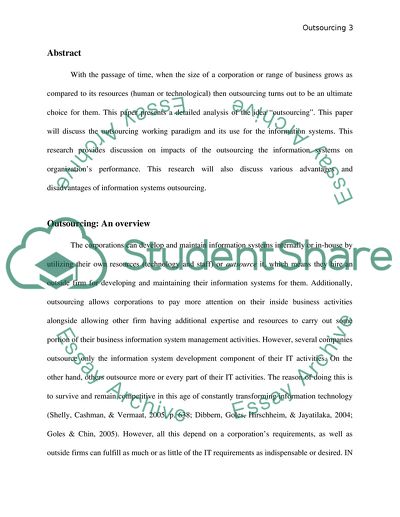Cite this document
(Advantages and Disadvantages of Information Systems Outsourcing: Risks Research Paper, n.d.)
Advantages and Disadvantages of Information Systems Outsourcing: Risks Research Paper. Retrieved from https://studentshare.org/information-technology/1734981-outsourcing-information-systems
Advantages and Disadvantages of Information Systems Outsourcing: Risks Research Paper. Retrieved from https://studentshare.org/information-technology/1734981-outsourcing-information-systems
(Advantages and Disadvantages of Information Systems Outsourcing: Risks Research Paper)
Advantages and Disadvantages of Information Systems Outsourcing: Risks Research Paper. https://studentshare.org/information-technology/1734981-outsourcing-information-systems.
Advantages and Disadvantages of Information Systems Outsourcing: Risks Research Paper. https://studentshare.org/information-technology/1734981-outsourcing-information-systems.
“Advantages and Disadvantages of Information Systems Outsourcing: Risks Research Paper”, n.d. https://studentshare.org/information-technology/1734981-outsourcing-information-systems.


